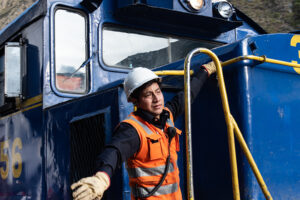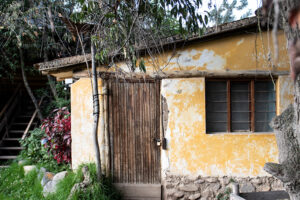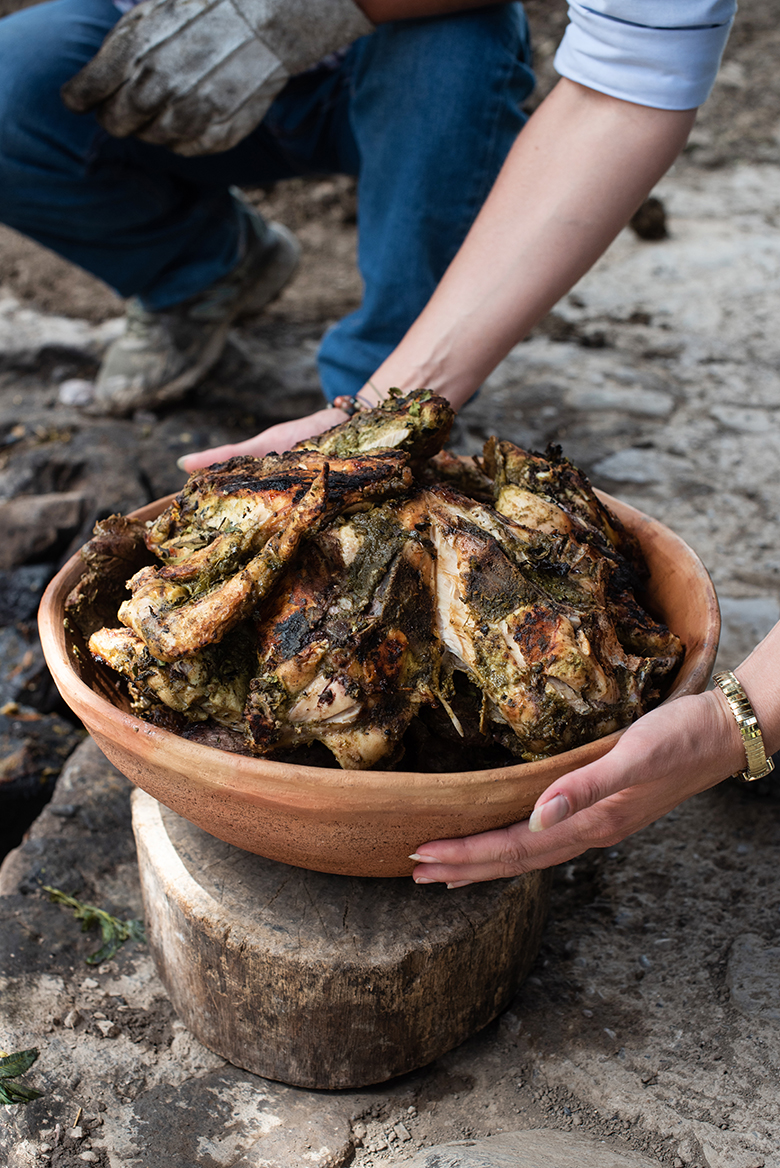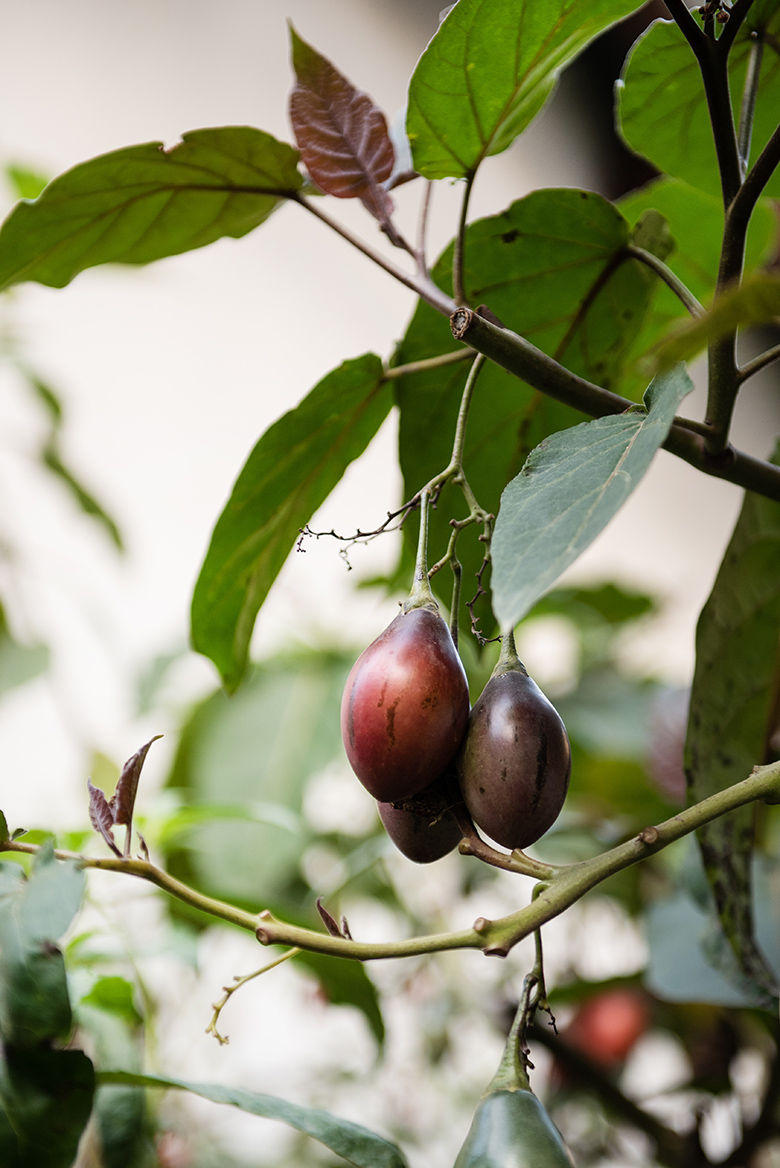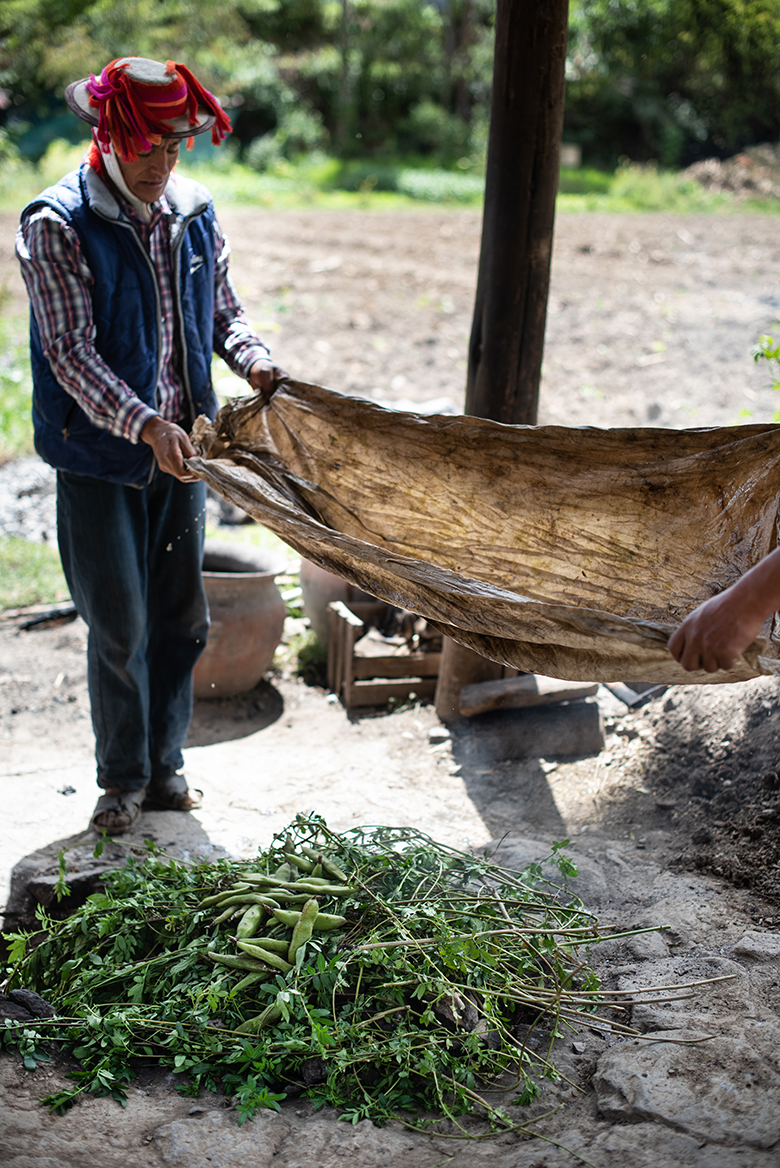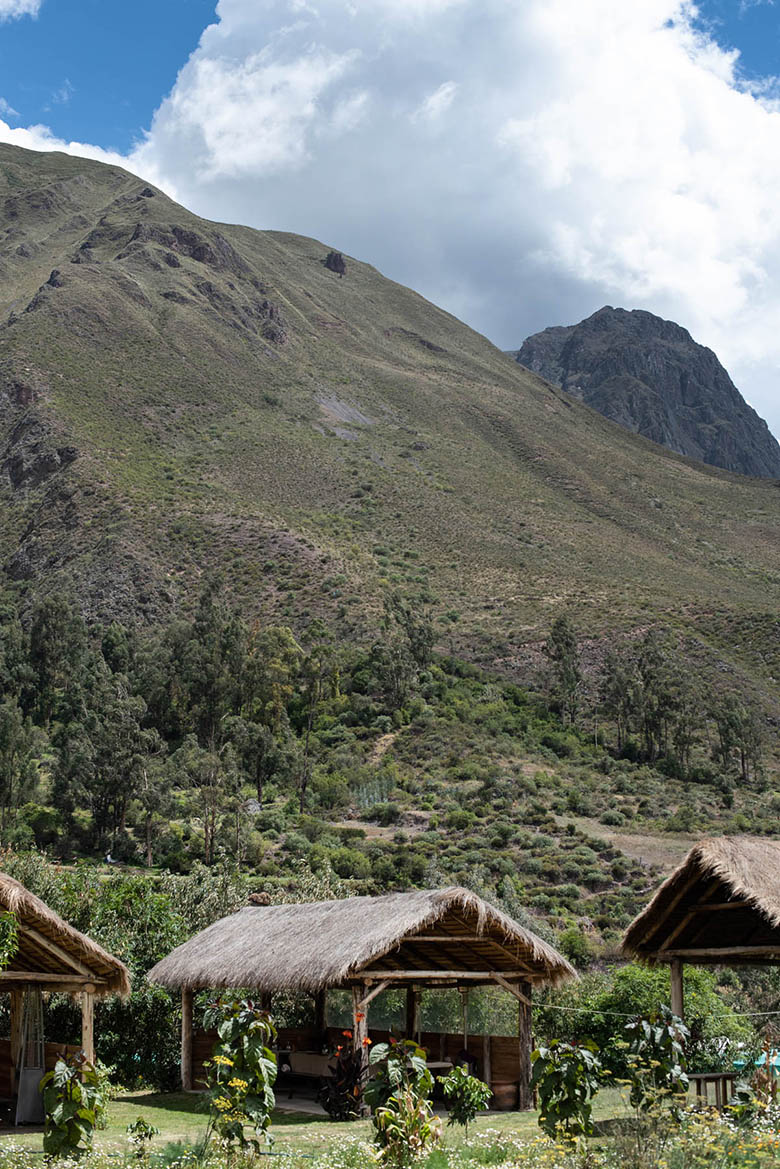
Getting to Machu Picchu is, obviously, worth the trip. On the well-worn tourist trail, you typically fly into Peru’s capital city, Lima, catch another flight to Cusco, spend a few nights acclimating to the high altitude and then hop a bus to Ollantaytambo to board a final train to the destination (or you can trek the Incan trail for a few days—your pick).
It’s a schlep that hundreds of thousands of people do a year, and this year one my friends and I made. We had planned to break up the return journey and stay in Ollantaytambo a little longer; what we hadn’t planned, however, was finding what ultimately felt like the best kept secret in Peru.

The town sits 45 miles northwest of Cusco in the Sacred Valley, surrounded by jutting snow-capped Andean peaks, the rushing Urubamba river and dozens of Incan ruins. Every day, while hordes of tourists heading to Machu Picchu descend here to catch their train, they overlook an unassuming door built right along those same tracks. Behind it is the breathtaking farm-to-table hotel El Albergue.
The spirit of El Albergue is best described by starting at the beginning. American artist Wendy Weeks and her late first husband, Robert Randall, backpacked through Latin America for two years starting in 1974. Paddling down the Curaray river from Ecuador in a dugout canoe, the adventurous couple entered Peru in 1976, eventually settling down in a small country cottage (now the hotel’s lobby) and never returning to the States.

Wendy first opened her doors as a B&B in 1976, and fast-forward to today, she and her two sons, Ishamel and Joaquín Randall (both born at the location), run the show that now includes two hotels with a distillery on-site (owned by the brothers and their partner, Haresh Bhojwani) and some of the country’s most cutting-edge coffee and dining experiences.
After our obligatory and mind-blowing visit to Machu Picchu, my friends and I got off the train in Ollantaytambo, legs sore from hiking and ready for a three-night stay in one place. After we checked in, Joaquín, who runs the day-to-day operations, showed me around the grounds (still irrigated via water canals left over from the Incas), where I tasted native plants, including sachatomate (also known as tree tomatoes and similar in flavor to the tomato I know, but more acidic and an actual tree fruit) and rocoto peppers (small, hot red peppers that date back before the Incas) used for making sauces, including their uchucuta (a Peruvian sour and spicy sauce made with peppers and herbs), which you can find at the hotel’s eponymously named restaurant.
Behind the property, though, through a door clearly made by hobbits, is the family’s farm where the real magic happens. Using a mix of traditional Incan agricultural and more modern organic practices, here they grow over 70 species of plants, including chincho and huacatay (Andean herbs used throughout Peruvian cooking), aguaymanto berries (similar to gooseberries), calabaza wild pumpkins, yacón root (similar to jicama but sweeter) and Peruvian lilies (decorative and edible flowers).
Animals, including rabbits, guinea pigs, ducks, alpacas and pigs, are raised for the hotel and newly opened restaurant in town, Chunco, which serves playful interpretations of regional dishes as well as killer cocktails. Joaquín even has a coffee roaster on the farm and is refining his perfect treatment for the single-origin high-altitude beans purchased from Peruvian farmers.
In addition to the restaurants, the farm is growing ingredients for the hotel’s Pachamanca lunch series, which uses a cooking technique dating back to the 1400s during Incan times. Meats like lamb, guinea pigs or chickens are marinated with fresh herbs and then cooked under a pile of heated stones with different vegetables. As I watched the dome of rocks get covered with piles of earth and damp cloths, I couldn’t help but think of the clambakes I had as a child growing up in New England. The end results were crispy and juicy roasted meaty morsels that complemented the blistering multicolored heirloom potatoes and native fava beans infused with the fat and cooked so excellently that I had to close my eyes with each bite.

All of this considered, still the family’s most innovative project is the Destilería Andina that uses conventional Andean and modern techniques to make two main liquors: Caña Alta and Matacuy. The base of Caña Alta is cañazo, a distilled liquor made from freshly pressed sugar cane. Destilería Andina purchases the cañazo from nearby farmers, and distills it again which yields a clean yet complex taste that stands on its own. It also works very well in citrus and fruit-forward cocktails, like in Chunco’s version of a Moscow Mule made with wild ginger from the farm.
Matacuy is more complex, taking the second distillation of cañazo and adding a mix of 11 different botanicals from the hotel’s garden. Matacuy drinks like a digestive with notes of mint, lemongrass, fennel and cloves and warms your chest like a strong spirit can. At Chunco, they are replacing pisco with Matacuy in their twist on the Pisco Sour, and boy do they go down easy. It’s Wendy Week’s top secret recipe, and no matter how much I offered to bribe, it was not shared.
The entire staff at El Albergue couldn’t have been more hospitable, providing nightly eucalyptus-wood-fired saunas to relieve us after many hours of exploring the nearby mountain villages. Afterward, I’d wrap myself in my hotel room’s Alpaca blanket, watch the moon rise above the mountains and sip on a glass of Matacuy to cap the day’s feast, listening to the mystical night soundscape of Ollantaytambo and wondering if I should share this Peruvian treasure at all or just let the train packed with tourists keep rolling by.



